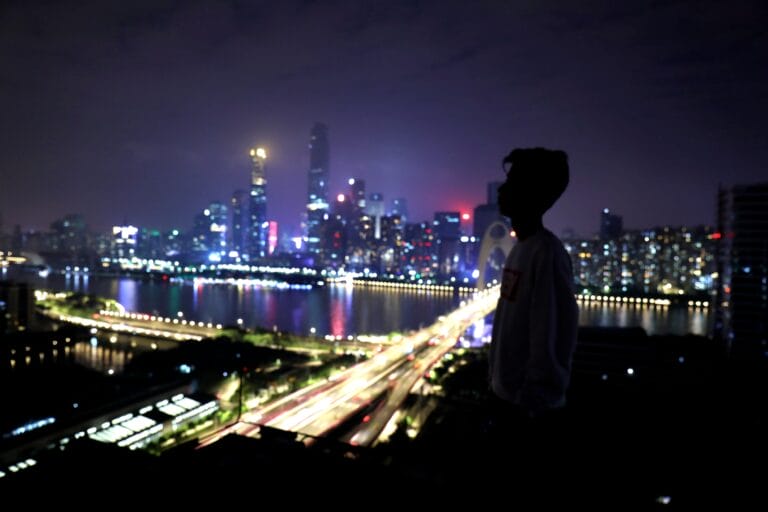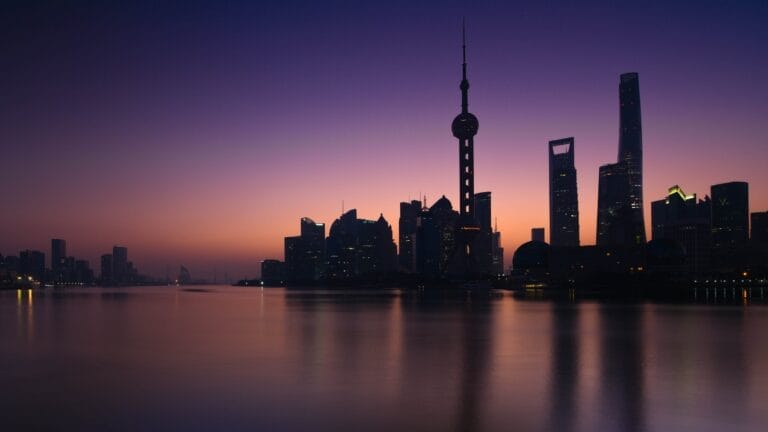Editor’s note: This text was adapted from a video, and has been lightly edited. It was originally published in Chinese at the Grace to City website in Chinese.
Scripture and Chinese Categories
How does Chinese culture understand the “classics”? In China, literature is divided into four categories[1]: classics, histories, masters, and collections. If we tried to classify Scripture according to the Chinese framework, it would seem as though Scripture would belong in the “classics” section.
But – Christian civilization encompasses far more than just one book called the Bible! We all know the fourfold Chinese categories. If we wanted to create a parallel comparison with those categories, then we – as Christians who desire to study Christian civilization, engage in meaningful dialogue with Chinese culture, and understand the breadth and depth of the kingdom – we need to recognize that there is more than just the Bible, the so-called “classics.”[2] In Christian civilization, there are also the “masters.” We need to understand the great figures of Christian history. Perhaps we could refer to their writings as the “masters”: the “Augustine masters,” the “Calvin masters,” the “Luther masters.”[3]
In China, literature is divided into four categories: classics, histories, masters, and collections. If we tried to classify Scripture…it would seem as though Scripture would belong in the “classics” section.
Understanding Christian History
As Christians, we need to know church history. We even need to understand Western history and the history of civilization as a whole! When you truly understand these things and make a horizontal comparison, then you will discover that Chinese civilization can simply rest in its proper place.
Sometimes Chinese people dismiss the Bible. They do this precisely because we, as believers, too often make the leap directly from a biblical text to practical application in today’s world. We don’t give enough space to buffer and truly transition from one to the other. We just make the turn – and it’s often like a right angle, a very rigid and abrupt jump. As we try to transition between the sacred text and the reality of today, we are missing the background understanding – the classical, canonical, and historical transition that shows how we arrived at this position.
Christian civilization encompasses far more than just one book called the Bible!
Because we need this background knowledge, I believe that, when we are talking with Chinese, we should try to make the curve between the biblical text and practical application as smooth as possible. It should not be rigid.
Here’s an example. When Jesus says, “Sell all you have and give to the poor,” some people conclude that Christians ought to practice communism. But that’s not how proper application works! In reality, each point has been explored countless times throughout history, by the saints and sages of old. It’s not something you can interpret literally or apply directly today.
How Does the Bible Teach?
This is one of the toxic effects of the education we have received from our childhoods. Whenever we [Chinese] read any story, we immediately want to know: what moral lesson is this teaching? For instance, when we read the story of the crow drinking water, we ask: “What is the central idea? What is this story trying to tell us that we can follow?”
But the Bible is not always like that. When the Bible tells the story of the adultery between Tamar and her father-in-law, it certainly did not intend for us to imitate this. Instead, it was simply describing what happened as a fact. Distinguishing between facts and interpretations of facts – this is what we call values – happen on completely different levels. We lack much training in this area.
Whenever we [Chinese] read any story, we immediately want to know: what moral lesson is this teaching?…But the Bible is not always like that.
This is part of my own vision: to promote classical Christian education in China. Not just classical Chinese education, but Western classical education. We need to reconnect the broken line, and develop a consciousness of civilization.
Never miss a story
In our Chinese churches, we often speak of the “cultural mandate.” I respect that expression, but I personally prefer to use the term “civilizational mandate.” Obviously, within a Chinese context, “civilization” is a larger and higher term than “culture.” Because of this, we need to make Christian civilization known to more people.
You never know which point will touch someone, so we need to multiply these points of contact. Of course, this must be based solely on the Bible. The Bible itself is the most powerful book, and the richest point of contact. But Sola Scriptura does not mean that we should read only Scripture.
I want to remind us: Chinese people love knowledge and wisdom – but within China, unbelievers regard Christians as uncultured, unlearned, even lacking in basic civility. Perhaps this is something we need to take seriously.
One last note: please know that I am not calling us to become “cultural Christians.” That would be unhealthy.
[1] The Chinese system of classifying literature comes from the Siku Quanshu [the Complete Library of the Four Treasuries]. This massive collection was gathered in the late 1700s during the height of the Qing Dynasty, and has been described as “probably the most ambitious editorial enterprise before the Wikipedia.” More than 300 scholars worked together to compile and categorize works into four different groups. The divisions used are substantially different than Western systems, which have areas of study such as theology or philosophy. Instead, the Siku Qianshu classifies works as classics, histories, masters and /orphilosophers, and collections.
[2] In Chinese, the “classics” are called the “经” (jīng). It’s helpful to know that the word “Bible” is literally translated into Chinese as the “圣经” (shèngjīng) — the “holy classic.” Thus, the word Bible itself is categorized as a classic in the same way as the Confucian classics.
[3] The author suggests creating parallel categories to Chinese scholarship by referring to “Augustine masters” (奥子), “Calvin masters” (加子), and “Luther masters” (路子), using the Chinese suffix “子” (zǐ) for masters, a word typically applied to ancient Chinese philosophers like Confucius (孔子) or Mencius (孟子).
Guo Muyun was converted and baptized in college. He taught in a Chinese university for 14 years while also serving his church. He was ordained as a minister in the Presbyterian house church in 2018. He is married and the father of four children.
Pray for Chinese Christians to develop a healthy, biblical understanding of how to read and teach Scripture from a Christian worldview.































